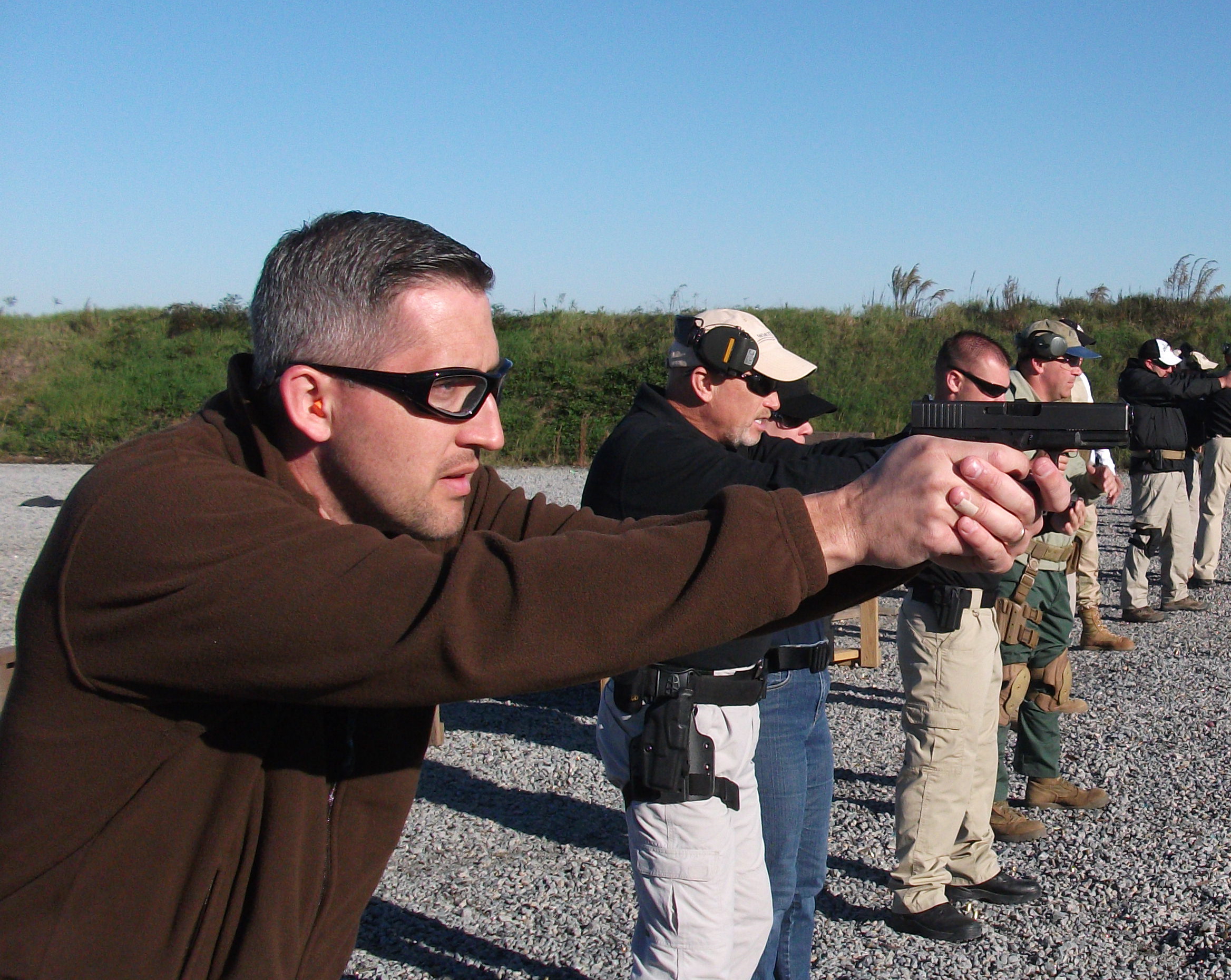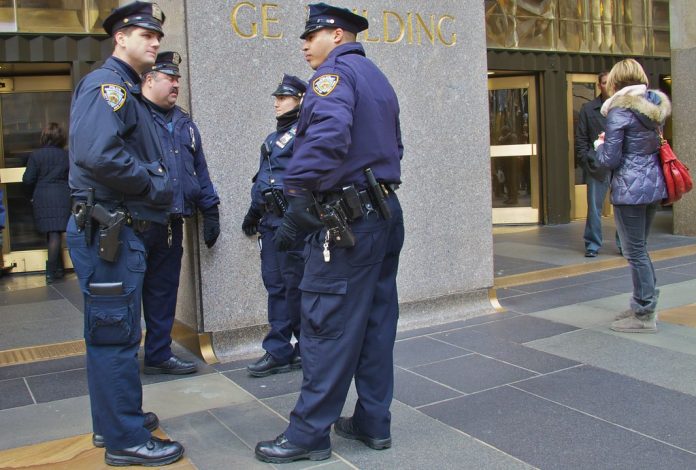
The recent surge in homicides across cities like Columbus, Ohio, has reignited a fiery debate on the efficacy of gun control laws in the United States.

Controversy fuels discussions as various incidents, including the tragic death of 43-year-old Jason Keys and the fatal police shooting of active-duty airman Roger Fortson, provide stark and emotive illustrations of the complex interplay between firearms legislation, personal safety, and societal violence.

In Columbus, the upward trend in homicides during the COVID-19 pandemic has been attributed by some, including a prominent national newspaper, to “loosened restrictions on firearms.”

This explanation, however, is contested by others who point out the lack of solid evidence connecting recent legislative changes to the increase in violence.

Critics argue that attributing Keys’ death to relaxed gun laws is implausible, given the circumstances surrounding his murder by a neighbor who misinterpreted the situation and used a self-assembled “ghost gun.”

Ohio’s recent enactment of a ‘stand your ground’ law and other legislative changes, such as permitting school boards to arm teachers with minimal training, eliminating permit requirements for concealed weapons, and barring cities from restricting gun sales during riots, have come under scrutiny.

Yet, the connection between these laws and specific crimes remains debatable, with opponents insisting that they did not play a role in incidents like Keys’ death.

The discussion also extends to the balance between Second Amendment rights and the perceived threat posed by armed individuals to law enforcement, as highlighted by the case of Roger Fortson.

The airman’s death after being shot by a sheriff’s deputy while holding a gun at his side underscores the tensions between gun ownership rights and police safety concerns.

Moreover, amidst these discussions, the city of Columbus has seen a drop in homicides in the early part of 2024, sparking optimism despite earlier increases.

This juxtaposition raises questions about the direct correlation between the number of guns, the looseness of laws, and the rate of violent crime.

As the debate persists, so too does the struggle for cities like Columbus to reclaim the sense of safety and normalcy disrupted by the pandemic and the subsequent rise in homicides.

Criminologists suggest that a return to pre-pandemic levels of violence is achievable, but opinions vary on whether stricter gun laws or other measures are the answer.

This issue is deeply important to military tech and politics enthusiasts, who often have strong views on the right to bear arms and the impact of firearms legislation on personal and public safety.

As the discussion evolves, it will continue to draw attention from those with an interest in how policy and technology influence the dynamics of safety, crime, and justice in modern America.
Relevant articles:
– The New York Times Implausibly Blames ‘Looser’ Gun Laws for a Homicide Spike That Is Now Receding, Reason Magazine
– Do therapists make New Year’s resolutions? Here’s what they told us., AOL.com
– Fans Shower Michael Strahan’s Daughter Isabella With Love After Emotional Final Round of Radiation, AOL.com

